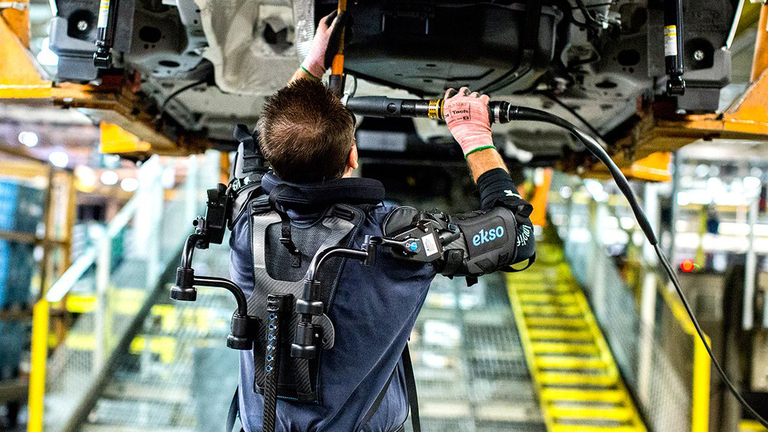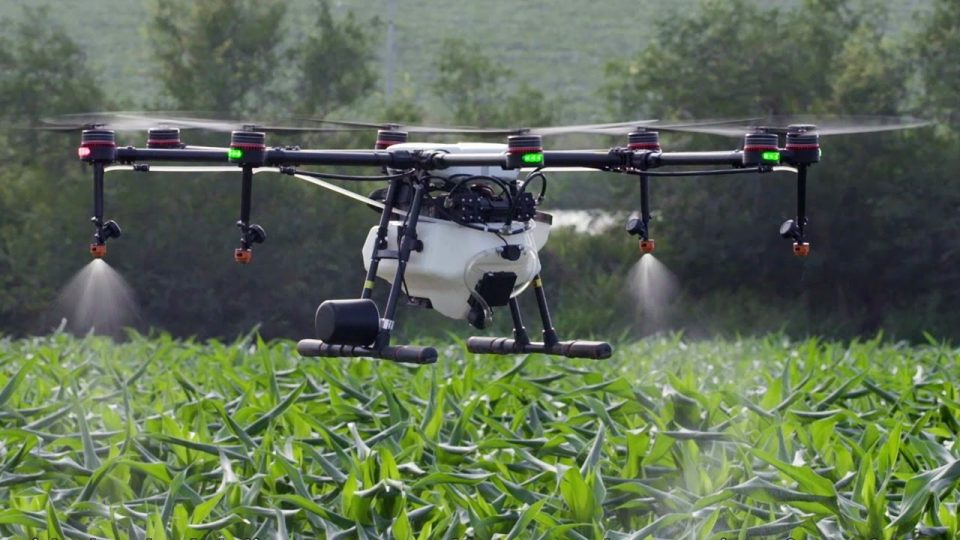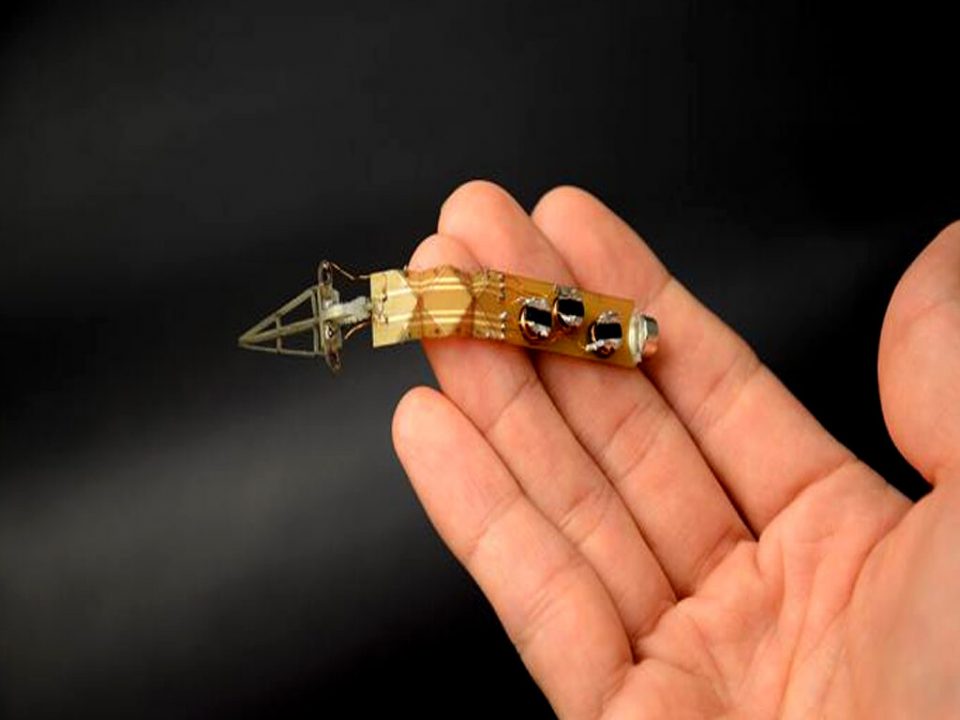
Do you know your bots?

Robots are everywhere — from robotic wearables, bionic hands and arms, companion robots, medical devices and even biomorphic drones that model the behaviour of bees. The fastest and most significant new innovations are taking place right now in three subsectors of the robotics sector which focus respectively on cobots, drones and medical robots.
Cobots
Cobots are taking the robotics sector by storm. Cobots enable humans and robots to complement each other whilst working alongside one another safely. Employees typically welcome cobots as an augmentation of their abilities rather than a threatening presence that might replace them altogether, and because of this their adoption has been buoyant.

The trend toward these styles of robots is making them more accessible, with more cost-effective options such as robotics-as-a-service (RaaS) allowing for their greater distribution and use at the precise moment that the artificial intelligence is making cobots more capable of learning.
It has been estimated that cobots can reduce the human input on a production line by up to 50 per cent. With the current skills gap costing UK manufacturers billions each year in lost productivity, integrating cobots has the potential to positively impact the post-COVID economy. The use of cobots has also expanded far beyond supporting workers on production lines. Exoskeletons for example are ‘cobot’ mechanical devices that can assist workers when lifting heavy objects. The use of cobots to perform complex medical surgeries is also growing exponentially.
Agri Bots
Perhaps the most famous agri bot advancement is the development of biomorphic drones that emulate the behaviour of bees. But beyond this high-profile innovation, robots, and in particular drones, could have a big impact on the efficiency and effectiveness of farming.

From drones that monitor and analyse crops, to automated tractors that can seed and fertilise and harvest with minimal human input, agricultural robot developments mean that human effort can be directed away from labour and into the more complex tasks associated with farming.
Whilst drones might be considered by most to be recreational toys, their ability to autonomously cover and assess large areas of land in very small amounts of time, all while consuming limited energy, is immensely beneficial to reducing farm operational costs.
Some farms in China have already started to use heavy-duty industrial drones to water their crops in hard-to-reach areas, where the method is proving to be more fuel-efficient than transporting workers.
Medical Robots
A significant focus has been placed on revolutionising non-invasive and minimally invasive surgery using robotics. Demand for non-invasive and minimally invasive surgeries has grown significantly, which combined with a backlog of surgeries cancelled due to the coronavirus pandemic, is putting an increased strain upon the surgeons who carry out these procedures.

Robot alternatives offer an obvious advantage to public health services around the world, but clearly these robots must be as accurate and reliable as possible. The endoscopy, which is a minimally invasive surgery that allows doctors to inspect the insides of a patient, is one procedure that precise and consistent robots have already been developed to support.
The next frontier for surgical robotics is incorporating artificial intelligence (AI) and virtual reality (VR). It is believed that AI will change the surgical practise mainly through advancements in imaging, navigation and interventions. These types of developments are crucial in ensuring that healthcare systems can cope with the rising number of surgeries and the COVID backlog.
What robots do you think are going to have a transformational impact? Share your thoughts with @RewiredLabs on Twitter.